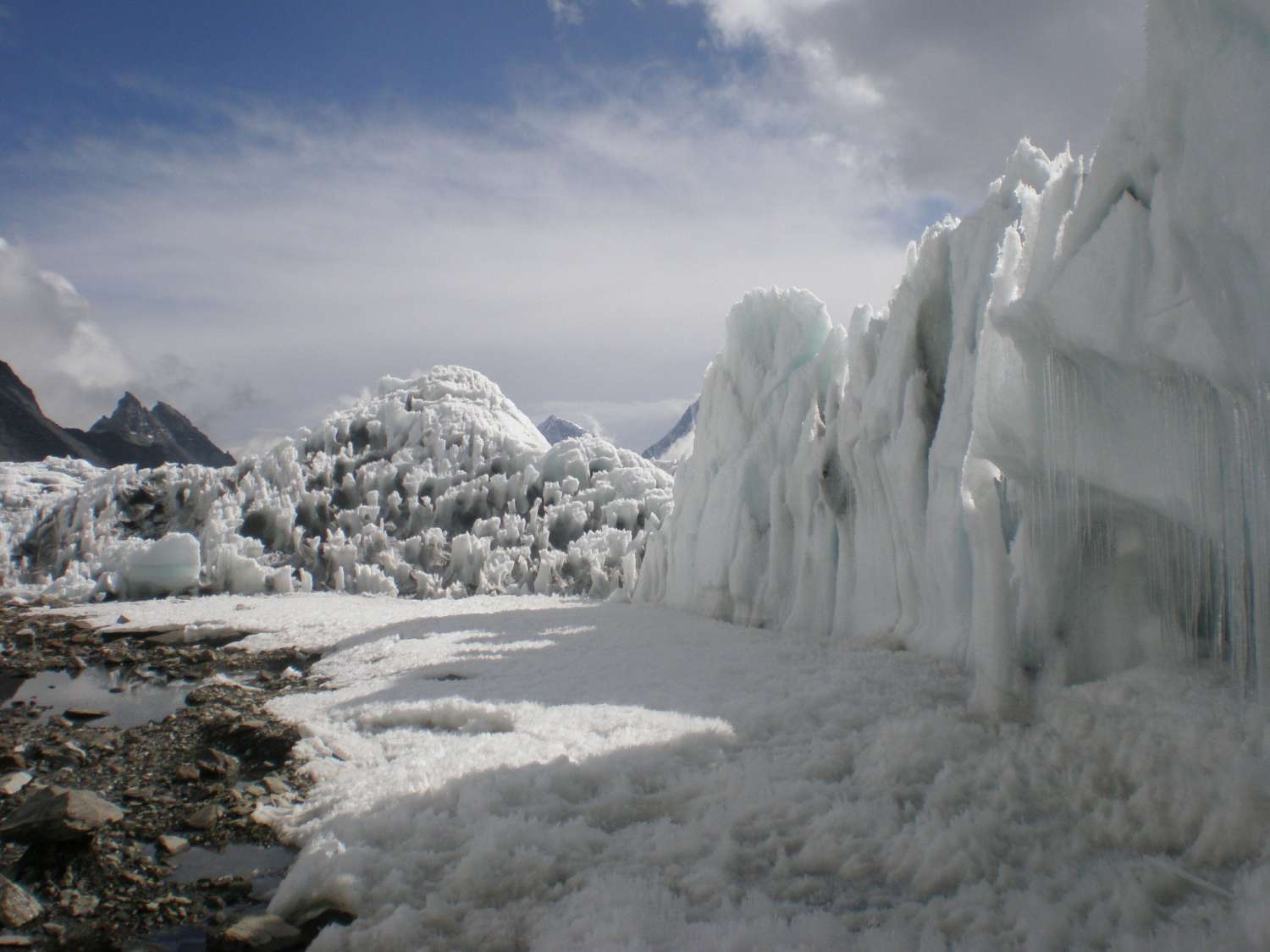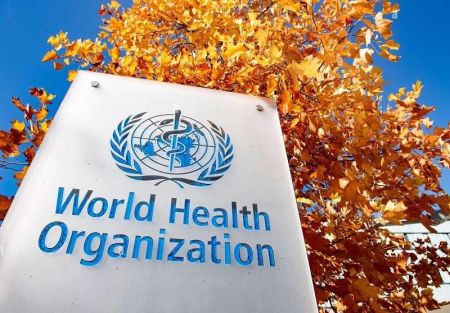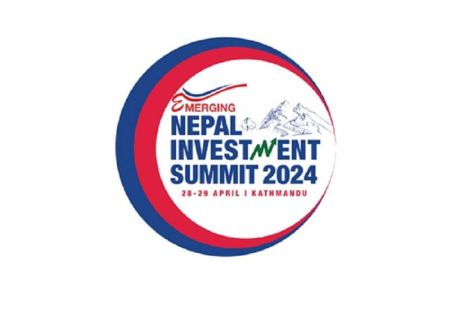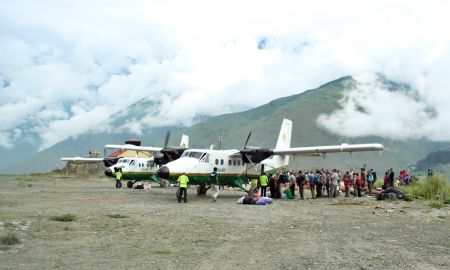Everest Base Camp seen in this file photo. NBA
November 11: From the southern border of Germany to the highest peaks in Africa, glaciers around the world have served as moneymaking tourist attractions, natural climate records for scientists and beacons of beliefs for indigenous groups. And Nepal could not be an exception to this. Glaciers are one of the big sources of river water in Nepal, where there are 3,808 glaciers spread in an area of 4,212 sq km.
With many glaciers (across the world) rapidly melting because of climate change, the disappearance of the ice sheets is sure to deal a blow to countries and communities that have relied on them for generations — to make electricity, to draw visitors and to uphold ancient spiritual traditions, the Associated Press (AP) reported.
According to a World Bank report, black carbon deposits originating from factories, cooking and vehicles are compounding the effects of climate change to speed up the melting of the Himalayan glaciers.
AP reports that the ice masses that formed over millennia from compacted snow have been melting since around the time of the Industrial Revolution, a process that has accelerated in recent years.
The retreat can be seen in Africa, on the border of Uganda and the Democratic Republic of the Congo, where the jagged peaks of the Rwenzori Mountains jut into the sky above a green jungle. The peaks once held more than 40 glaciers, but fewer than half of them remained by 2005, and the melting continues. According to AP, experts believe the last of the mountains' glaciers could disappear within 20 years.
The disappearance means trouble for land-locked Uganda, which gets nearly half of its power from hydroelectricity, including the power plants that rely on steady water flow from the Rwenzori glaciers.
A continent away, on the southern edge of Germany’s border with Austria, only half a square kilometer (124 acres) of ice remains on five glaciers combined. Experts estimate that is 88% less than the amount of ice that existed around 1850, and that the remaining glaciers will melt in 10 to 15 years, the news agency further reported.
That spells bad news for the regional tourism industry that relies on the glaciers, AP reported citing Christoph Mayer, a senior scientist in the geodesy and glaciology group at the Bavarian Academy of Sciences and Humanities in Munich.
“At the moment, tourist agencies can advertise, ‘You can visit some kind of the highest mountains in Germany with glaciers. You can walk on the glaciers,’” Mayer reportedly said. “People living around these regions really live from tourism ... there will be an impact on them if they lose these glaciers.”
The same issue faces Tanzania, where experts estimate that Mt Kilimanjaro — the highest mountain in Africa and one of the country’s main tourism attractions — has lost about 90% of its glacial ice to melting and to sublimation, a process in which solid ice transitions directly to vapor without becoming a liquid first. Travel and tourism accounted for 10.7% of the country’s GDP in 2019.
In the history of the local populations, "the ice in the mountains is the seat of god. It has a very spiritual meaning,” said Rainer Prinz, a glaciologist at the University of Innsbruck in Austria. “Losing the glaciers there would also impact spiritual life.”
"As glaciers shrink, the lives and livelihoods of many people downstream are affected by changes in the water supply. We can slow glacial melt by collectively acting to curb the black carbon deposits that are speeding the thinning of the ice. Regional cooperation to protect these resources will pay important dividends for the health and well-being of the people in the region," the World Bank quoted its vice president for South Asia Hartwig Schafer as saying.
"Recent devastating flash floods attributed to a collapsing glacier in Himalayas were a sobering reminder of the sometimes disastrous effects of climate change and the dangers we have to protect against," added Schafer.
According to AP, the layers of ice that make up a glacier can be tens of thousands of years old and contain year-by-year information about past climate conditions, including atmospheric composition, temperature variations and types of vegetation that were present. Researchers take long tube-like ice cores from glaciers to “read” these layers.
During a 2010 research trip to the Carstensz glacier in Indonesia's western Papua province, oceanographer Dwi Raden Susanto was excited to be part of a team that took a core sample from the remote glaciers. But once the sample was taken, Susanto said, scientists quickly realized the rapid decline of the ice allowed them to get records dating back only to the 1960s.
As glaciers vanish, experts say, local ecosystems will begin to change as well— something already being studied at the Humboldt Glacier in Venezuela, which could disappear within the next two decades.
Experts warn that the fate of smaller glaciers offers a warning for larger glaciers. Increased melt will also lead to rising seas and changes in weather patterns — something that is bound to affect society on a global level, Mayer said.
“The disappearance of these small glaciers is really a warning sign of what is coming in the future,” AP quoted Mayer as saying.
Current policies in place to reduce black carbon emissions – through enhancing fuel-efficiency standards, phasing out diesel vehicles and promoting electric cars – while laudable, will still reduce black carbon deposits by only 23 percent, not enough to prevent an acceleration of water releases from glacier melt in the Himalayan region, states the World Bank report entitled Glaciers of the Himalayas: Climate Change, Black Carbon and Regional Resilience.






















